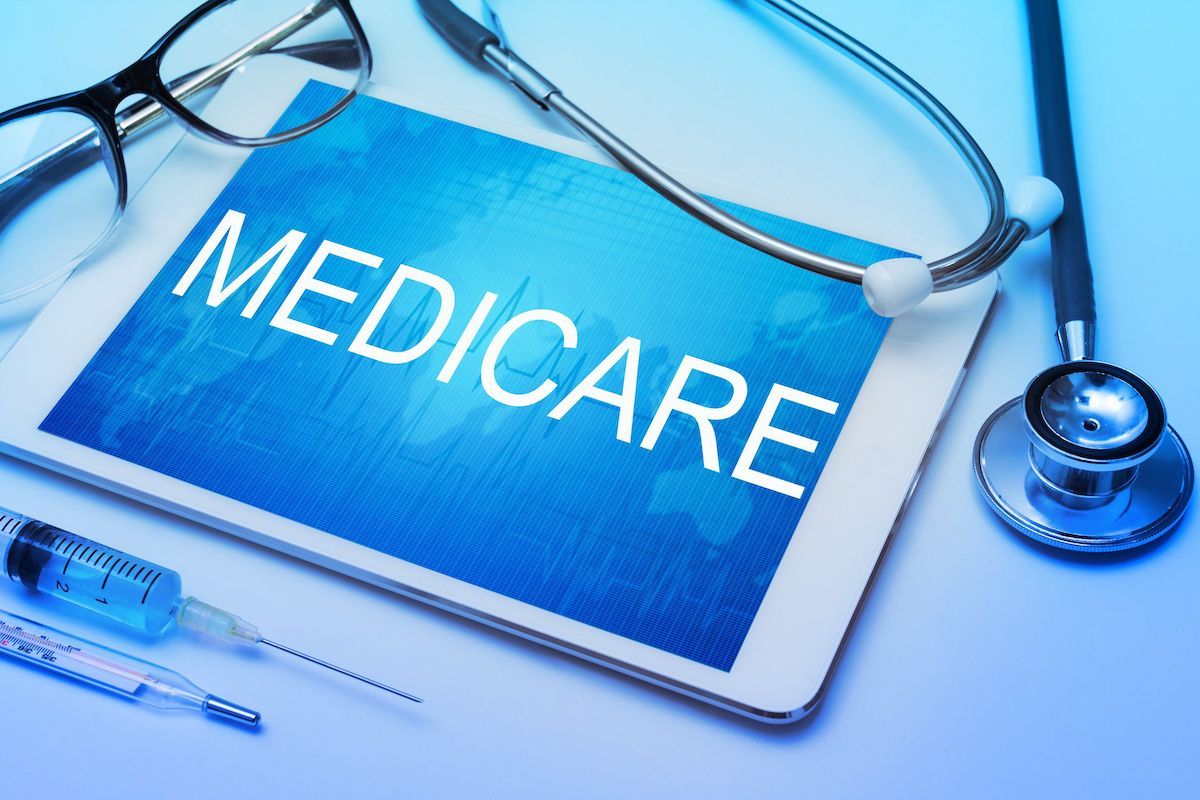Slideshow
11 states with the best patient insurance rates
Author(s):
Four states, D.C., at or below half the national average.
The U.S. Census Bureau this month published its report “Income, Poverty and Health Insurance Coverage in the United States: 2021.”
The report stated last year, 91.7% of the U.S. population had some form of health insurance, so the national uninsured rate was 8.3%, which equates to about 27.2 million people. Nationally, the uninsured rate decreased by 0.4 percentage points from 2020, according to the Census Bureau.
With that report, the graph “Percentage of Population Without Health Insurance Coverage by State: 2019 and 2021,” showed 30 states and Washington, D.C., were below the national average rate, meaning a greater percentage of the population had health insurance last year. Four states and Washington, D.C., were at half the national average, or less.
The top 11 states for health insurance coverage all had expanded Medicaid eligibility on or before Jan. 1, 2021.
Here is a slideshow with U.S. Census Bureau findings about what states had the best health insurance coverage rates in 2021. The percentages are uninsured rates for 2021, with figures to show the uninsured rates from 2019.





